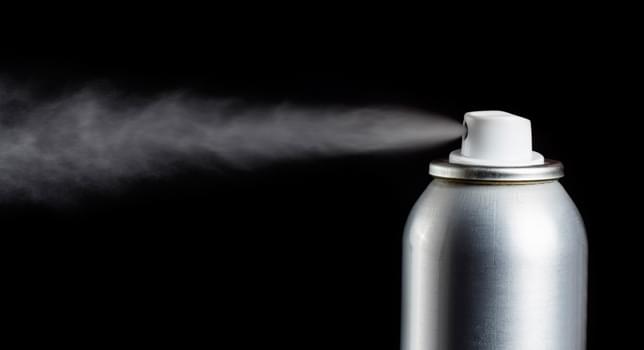Market Report
The Dispensing for Packaging Report: Forecasts to 2023

Smithers identifies how the dispensing packaging industry is set to increase over the next five years.
The global packaging dispenser market was worth $7.59 billion in 2017 and is predicted to be worth $9.31 billion in 2023. New research from Smithers - Dispensing for Packaging Report: Forecasts to 2023 - forecasts the packaging dispenser market to rise by 3.5% per annum.
While established markets of Western Europe and North America will remain significant, developing markets, notably China and India, will be responsible for growth in packaging dispensing fixtures moving forward.
Across fast-moving consumer goods markets, the need to enhance consumer product experience with added levels of convenience has been one of the decade’s more prominent trends.
However, as the convenience trend has continued to mature, brand owner demand for packaging facilitating differentiation through superior dispensing functionality has emerged as a key battleground. Consumer data shows the purchases of over one-fifth of global consumers (22%) are motivated out of convenience, with over a quarter (27%) expressing a desire for more products that make their lives easier and that are more convenient to use (26%).
Consequently, brands are increasingly seeing value capture opportunities in utilising innovative dispensing solutions with improved convenience functionality to build brand equity in highly saturated consumer goods markets.
Dispensing solution from sports caps up to sophisticated add extra functionality to products, while this comes with extra cost, it does enable brands to reposition their goods as premium products. This is seeing more sophisticated dispensers replacing basic screw caps and closures in many key applications.
Expectation of superior functionality from embracing new dispensing solutions is especially pronounced in transition economies with rapidly urbanising populations. Here being able to move beyond a basic mop, bucket, and sachets to a dispenser that gives consistent output can be a key product differentiator.
For these emergent consumers, dispenser packaging is still likely to be a discretionary spend. Given the limited organic growth potential in Western Europe and other developed markets, however, these will be increasingly important for the industry moving forward.
With consumers having busy lifestyles, this results in rising demand for products that satisfy their needs for practicality of travel, and ease of consumption and application.
Although developments for convenience have previously focused on food and beverages, engineering innovations are playing a significant role in extending this to other end-use applications. For example, dispensing solutions specialists Raepak and Aptar have developed innovative dosing cap solutions that measure an exact dose of liquid detergent with a single squirt. This avoids the inconvenience of having to measure and add detergent using scoops or laundry balls.
Consumer brands are seeking to provide new levels of convenience through the fusion of two distinct product categories in order to solve a particular set of problems. For example, in the beauty and personal care space, a notable convenience-driven innovation has been the brush pump, built to dispense lotions or creams directly onto the hair. Companies Rieke and Raepak have both produced a range of all-in-one hair brush pumps for domestic and commercial use with different design variants for liquid of various viscosities and different hair types.
Another critical aspect of how brands can add value through convenience is with enhanced consumer control – providing the user with a mechanism that is easy to press, twist, pull or push. This can be complemented by other ergonomic design features such as contoured angles, or ribbed grip areas on buttons, actuators, and triggers.
For aerosols, trigger and spray pumps in particular, dispensers with easy actuators can greatly improve comfort and reduce muscular tension for repeat users, like professional cleaners. The ‘Runway’ actuator from dispensing system multinational, Aptar, is a good example of a solution that reduces both the time and physical effort of cleaning activities. The pressurised packaging trigger has a dual actuation feature which hands consumers the choice of dispensing shorter bursts of product by actuating from the top, or gripping a traditional trigger for longer applications.
As brand owners demand greater usability for their consumers, more dispensing solution manufacturers are forging partnerships with applied science faculties to ensure the best scientific data is used to inform the design of dispensers. For example, Guala Dispensing promotes and leverages its close relationships with research institutes in Italy for the design of their products. This is also effective strategy for small- or medium-sized dispenser developers.
Advances in usability and control have equally looked to address long-standing and fundamental flaws in particular packaging types. For example, one weakness of the traditional trigger spray dispenser design is that it becomes increasingly difficult to ensure the liquid remains in contact with the pump hose as the contents run low. A recent development in the UK ‘Anyway Spray’ addresses this issue. A tube attached to the trigger dispenser of the Anyway Spray contains millions of micro-holes that draw in the fluid, allowing it to be dispensed at any angle.